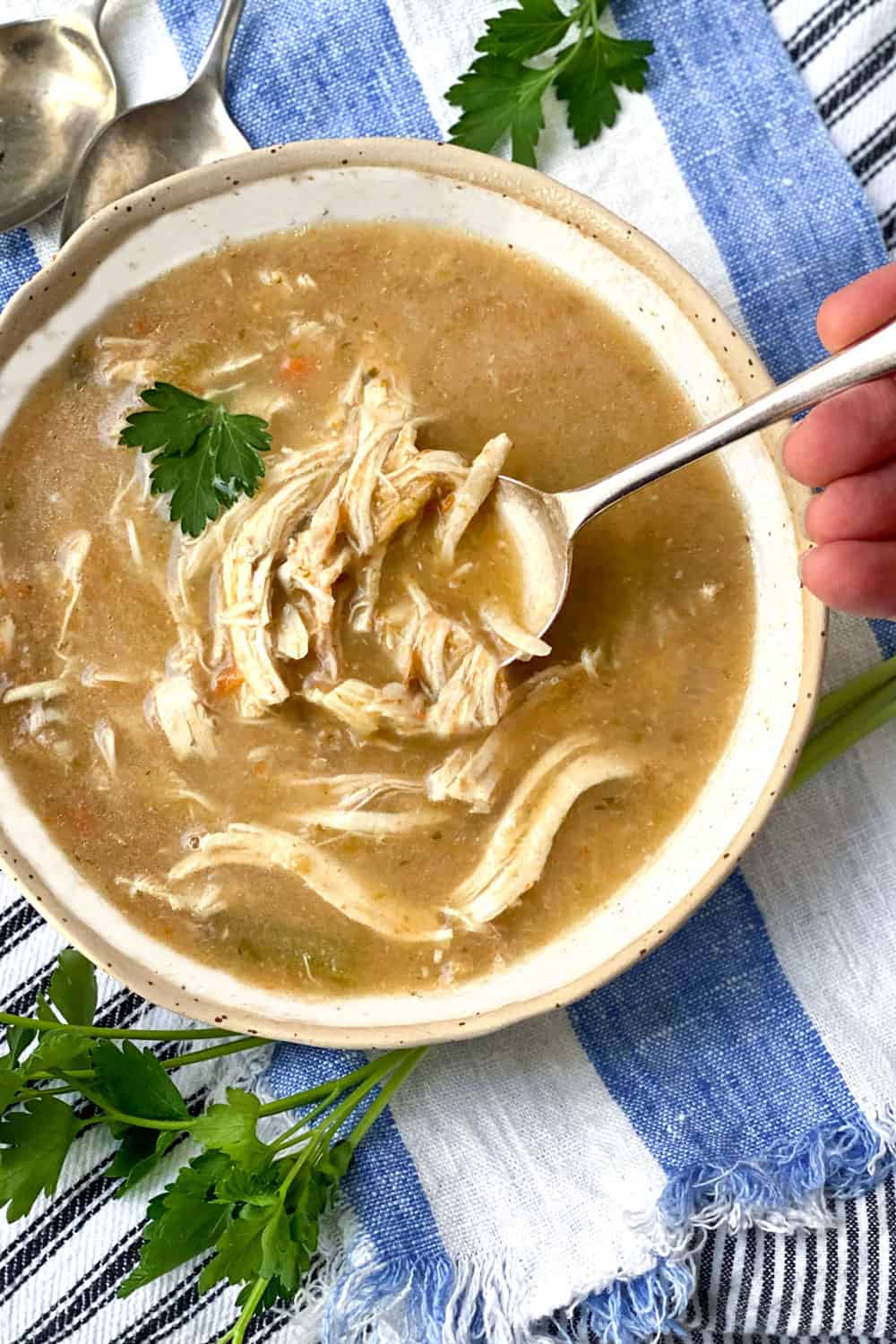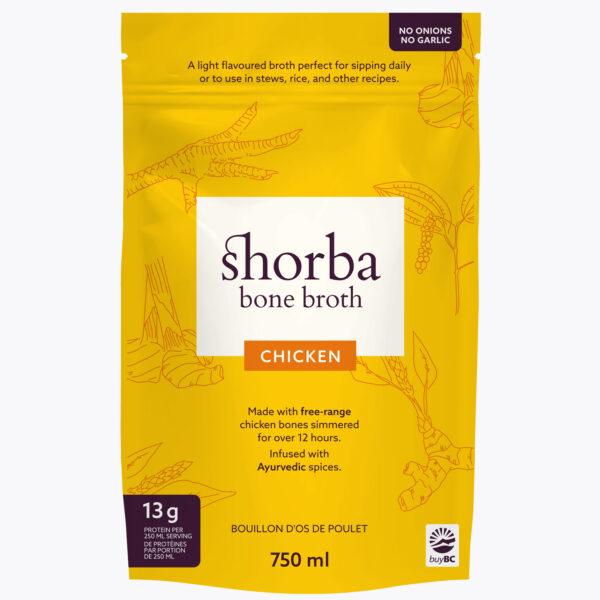Everything You Need to Know About Cooking Grains with Organic Bone Broths
Everything You Need to Know About Cooking Grains with Organic Bone Broths
Blog Article
The Ultimate Overview to Making and Delighting In Organic Bone Broths in the house
Bone broth has obtained attention for its various wellness advantages and cooking versatility. Crafting organic bone brew in your home allows people to regulate the quality of active ingredients, ensuring a healthy outcome. Comprehending the choice of bones, crucial flavoring parts, and appropriate cooking methods is important. As the procedure unfolds, one may wonder just how to elevate their brew past the fundamentals and integrate it into daily dishes for enhanced taste and nourishment.
Comprehending the Health Perks of Bone Broth
Although bone brew has actually been a staple in various cuisines for centuries, its health benefits have actually obtained substantial focus in current years. Rich in collagen, amino acids, and minerals, bone brew is frequently proclaimed for its possible to sustain joint wellness, boost intestine function, and enhance skin elasticity. The gelatin obtained from prepared bones may aid food digestion and aid secure the gut lining, possibly alleviating issues like leaking digestive tract syndrome.Furthermore, the presence of nutrients such as glucosamine and chondroitin might add to decreased inflammation and pain relief in joints. Additionally, bone broth is hydrating and can function as a nutritious base for stews and soups. Many supporters additionally assert that it enhances the body immune system, many thanks to its mineral profile. In general, the renewal of passion in bone broth is connected to its viewed capacity to promote overall wellness and support various bodily features.
Picking the Right Bones for Optimum Flavor and Nutrition
What elements should one think about when picking bones for broth preparation? The type of bones used substantially influences both taste and dietary worth. It is crucial to select bones that consist of a mix of marrow bones, joint bones, and meaty bones. Marrow bones give abundant flavors and healthy and balanced fats, while joint bones contribute collagen, improving the broth's nutritional profile.Additionally, sourcing bones from pasture-raised or grass-fed animals warranties better and even more nutrients, as these pets are typically much healthier. The freshness of the bones is additionally essential; picking bones from regional butchers or farmers' markets can guarantee perfect taste. Bone size matters too; larger bones launch even more gelatin, causing a richer brew. Finally, taking into consideration the type of pet-- fish, beef, or hen-- can affect the final taste, permitting for versatile broth alternatives customized to specific preferences.
Crucial Ingredients for a Tasty Bone Brew

Quality Bone Option
The structure of a delicious bone brew hinges on the cautious option of high-quality bones. Sourcing organic, pasture-raised or grass-fed bones is essential, as these options are extra likely to be totally free from harmful additives and provide superior nutrients. Varieties such as lamb, poultry, or beef bones each pass on unique flavors and health and wellness advantages. Bone kinds, including marrow bones, knuckle bones, and oxtails, add gelatin and collagen, boosting the brew's texture. Selecting bones with a mix of meat and connective cells can likewise add splendor and depth. In addition, selecting bones with visible marrow ensures a nutrient-dense broth, boosting the general top quality. Eventually, investing time in quality bone selection prepares for a scrumptious and beneficial broth.
Aromatic Flavor Enhancers
Picking premium bones establishes the stage for a nourishing and abundant bone brew, but it is the addition of fragrant taste enhancers that truly boosts the meal. Components such as onions, garlic, and carrots not just impart sweetness however also add deepness to the broth. Fresh natural herbs like thyme, bay, and parsley leaves add a great smelling note, while seasonings such as black peppercorns and cloves introduce warmth and intricacy. Additionally, integrating a dash of apple cider vinegar can assist remove minerals from the bones, enriching the brew. These flavor enhancers produce a harmonious blend, transforming a straightforward broth into a savory structure for soups, stews, or sauces, making it a versatile element in any kind of culinary collection.
Step-by-Step Overview to Making Bone Brew in your home
Producing bone brew in your home can be a rewarding culinary venture that improves both taste and nutrition in various dishes. To begin, one must select top notch bones, ideally from organic or grass-fed resources. Roasting the bones at 400 ° F for about half an hour can magnify the taste. Next, transfer the baked bones to a large pot or sluggish stove and cover them with cold water. Adding a dash of vinegar helps essence minerals from the bones.Include fragrant vegetables like onions, carrots, and celery for included depth, together with natural herbs and seasonings as preferred. Bring the blend to a boil, then reduce to a simmer. It is necessary to allow the broth simmer for a minimum of 12 hours, though much longer is more effective for maximum splendor. Ultimately, strain the brew through a fine-mesh screen and shop it in impermeable containers, all set to elevate meals with its healthy significance.

Tips for Improving Your Bone Brew Simmer
While simmering bone broth, preserving the ideal temperature level and timing is essential for accomplishing a rich and tasty outcome. A mild simmer, preferably in between 190 ° F and 210 ° F, assists essence optimum nutrients and flavors without steaming, which can make the brew cloudy. It is a good idea to check the pot very closely, adjusting the warm as essential to preserve this simmer.Timing is also essential; a longer simmer, commonly ranging from 12 to 2 days, enables deeper flavor extraction and collagen release. For poultry bones, a 12 to 24-hour simmer is adequate, while beef bones profit from longer food preparation times.Additionally, skimming off any kind of foam or pollutants that climb to the surface throughout the initial few hours can boost the brew's quality and preference. Making sure the pot is covered during simmering aids to keep moisture and increase the flavors, making for a much more rewarding end item.
Innovative Ways to Use Bone Brew in Your Cooking
Including bone broth into different recipes raises both flavor and dietary value. Cooks and home cooks alike discover that utilizing bone broth as a base for stews and soups enhances depth and splendor, changing straightforward recipes right into hearty meals. It can likewise be used in risottos, where the broth changes water, enabling the grains to absorb its tasty essence.Additionally, bone broth acts as an exceptional cooking liquid for grains like quinoa or rice, instilling them with nutrients and flavor. For an included spin, it can be made use of in braising meats, resulting in tender, delicious end results. Even sauces gain from a splash of bone brew, enhancing their taste profile.Moreover, bone brew can be incorporated into More Bonuses shakes for an unforeseen wellness boost, providing healthy protein and nutrients without jeopardizing preference. These creative applications display the adaptability of bone broth in daily cooking, making it an important kitchen staple.
Saving and Maintaining Your Self-made Bone Brew
Correct storage space and conservation of homemade bone broth is vital for preserving its taste and dietary benefits. Freezing strategies and refrigeration ideal practices play an important role in extending the broth's life span. Comprehending these approaches can help ensure that the brew continues to be secure and delicious for future use.
:max_bytes(150000):strip_icc()/7149475-4358977a70b6445dbc1fb2aea21db358.jpg)
Freezing Strategies Explained
Cold strategies are crucial for properly saving and protecting homemade bone broth, guaranteeing its abundant flavors and nutrients remain undamaged for future use. To ice up bone broth, it is recommended to allow it cool completely before transferring it to storage containers. Glass jars, silicone mold and mildews, or sturdy fridge freezer bags appropriate alternatives. When making use of jars, leave area at the top for development during freezing. Portioning the brew into smaller quantities enables simple thawing and minimizes waste. Label containers with the day and components for very easy recognition. For peak quality, consume the frozen brew within 3 to six months - Beef Broth. Defrosting can be carried out in the fridge or by utilizing a microwave, making certain that the brew is warmed thoroughly before usage
Refrigeration Best Practices
While several concentrate on freezing as an approach of conservation, refrigeration also plays an important function in storing homemade bone broth properly. As soon as cooled down, bone broth ought to be transferred to closed containers, assuring very little air direct exposure to avoid perishing. It is a good idea to cool brew within 2 hours of food preparation to maintain its high quality. Normally, homemade bone broth can be stored in the fridge for approximately five days. Labeling containers with dates can help track quality. For peak flavor and security, brew needs to be reheated to a rolling boil before consumption. If longer storage is called for, cold remains an excellent alternative, however correct refrigeration practices ensure that bone broth stays nutritious and delicious for short-term usage.
Frequently Asked Inquiries
Can I Use Frozen Bones for Making Bone Brew?
The concern of utilizing frozen bones for bone broth develops regularly (Bone Broth Delivery). Specialists agree that icy bones can be used efficiently, but they should be defrosted prior to food preparation to ensure ideal taste and nutrient extraction
How Much Time Can I Store Homemade Bone Brew?

Is It Safe to Reheat Bone Brew Numerous Times?
Reheating bone brew numerous times can posture security concerns - Bone Broth Delivery. Each reheating cycle boosts the danger of bacterial development. It is recommended to reheat only as soon as and keep any kind of leftovers promptly to guarantee safety and security and top quality
Can I Add Veggies to the Broth for Flavor?
Including vegetables to brew boosts taste and dietary value. Typical selections consist of carrots, onions, and celery. The veggies instill their essence right into the brew, producing a richer and a lot more tasty end product.
What's the Best Way to Defrost Frozen Bone Brew?
To thaw icy bone broth, one can position explanation it in the fridge overnight, utilize a microwave on reduced heat, or submerge the sealed container in warm water, guaranteeing even thawing without endangering taste or nutrients. It is important to pick bones that consist of a mix of marrow bones, joint bones, and meaningful bones. Marrow bones provide healthy fats and abundant tastes, while joint bones contribute collagen, improving the brew's dietary profile.Additionally, sourcing bones from grass-fed or pasture-raised animals warranties greater top quality and even more nutrients, as these animals are typically healthier. Bone kinds, including marrow bones, knuckle bones, and oxtails, add jelly and collagen, boosting the broth's structure. Picking top notch bones establishes the phase for a rich and nourishing bone broth, but it is the addition of fragrant flavor view enhancers that absolutely raises the dish. Even sauces benefit from a splash of bone brew, improving their taste profile.Moreover, bone brew can be included right into smoothie mixes for an unanticipated wellness boost, offering healthy protein and nutrients without compromising preference.
Report this page